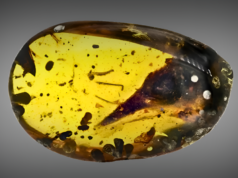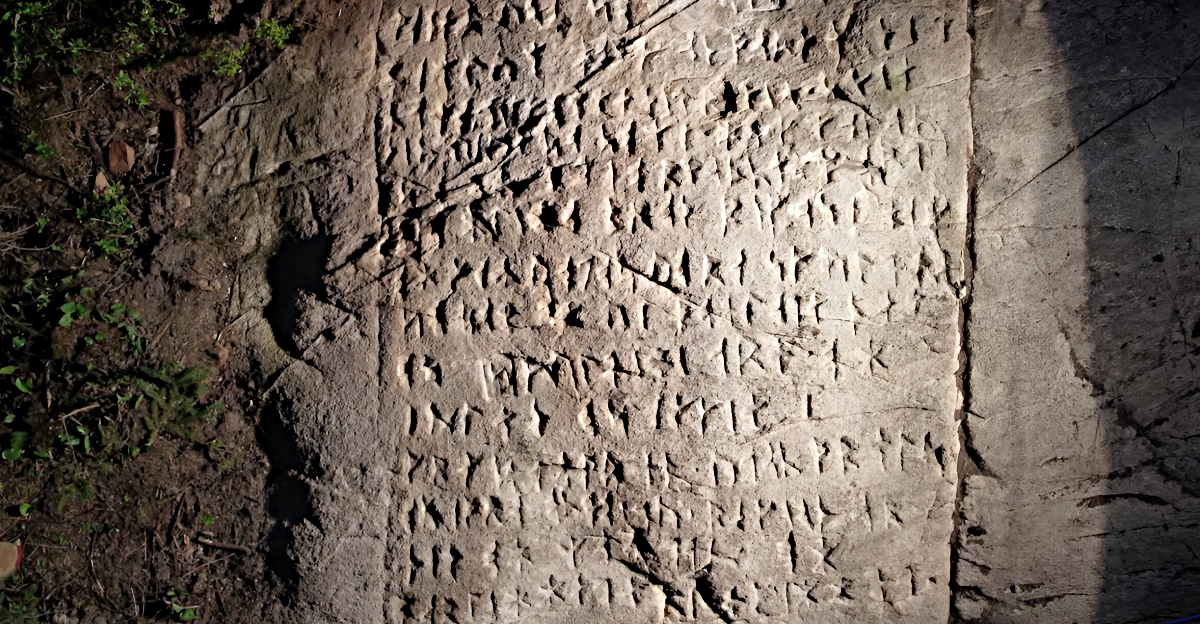
Northern Ontario’s forest has very rough terrain, which means few people visit. This means much of nature has remained untouched. In the depths of the forest, an old stone remained hidden beneath dirt, moss, and leaves.
It would still have been unfound if it weren’t for a storm knocking down two big trees, which resulted in the soil being removed from the stone, showcasing the strange markings. It is a rare find that grabbed the attention of archeologists, historians, and, of course, curious people all over the world.
An Unexpected Discovery
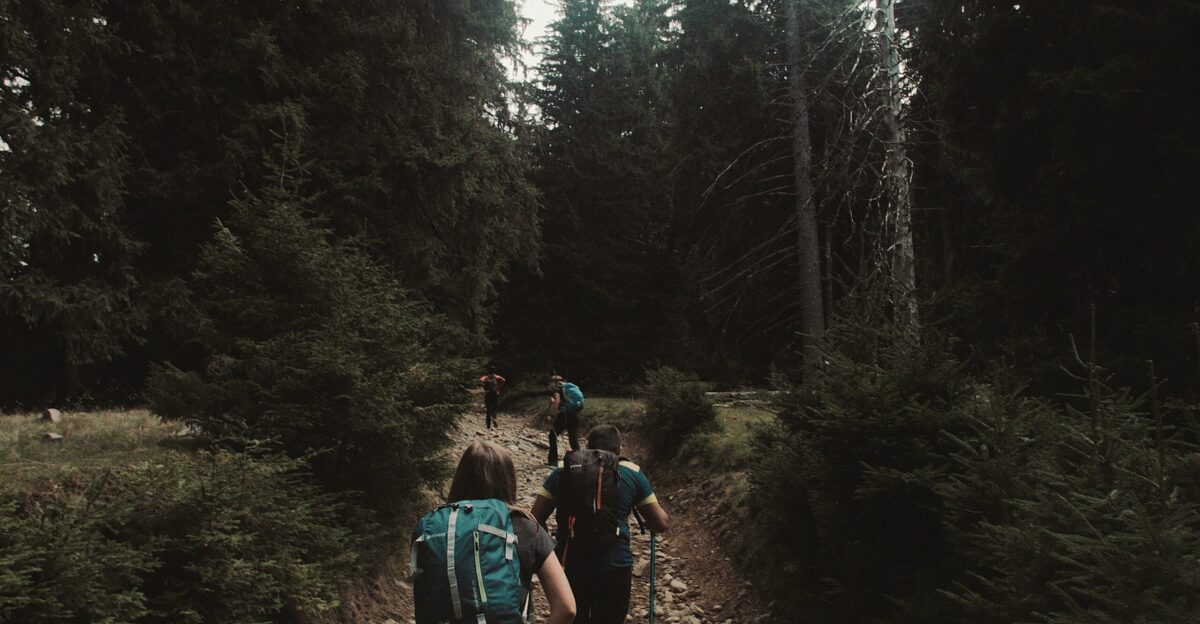
Local hikers were the first to spot this runestone; it could not have been difficult to miss these unusual markings in the forest. That is when experts were called in to perform a thorough examination. What they found wasn’t anything less than extraordinary: a large group of carved symbols arranged oh so neatly.
Upon further examination, the craftmanship suggested that a skilled hand created it, and they were surprised at how well it had been preserved in the humid forest environment. Initial observations showed that the markings on the runestone were not random graffiti but a meaningful message. This finding has led a team of language experts, archaeologists, and historians to work together to figure out what it said and where it came from.
Olden Journeys Reverberating
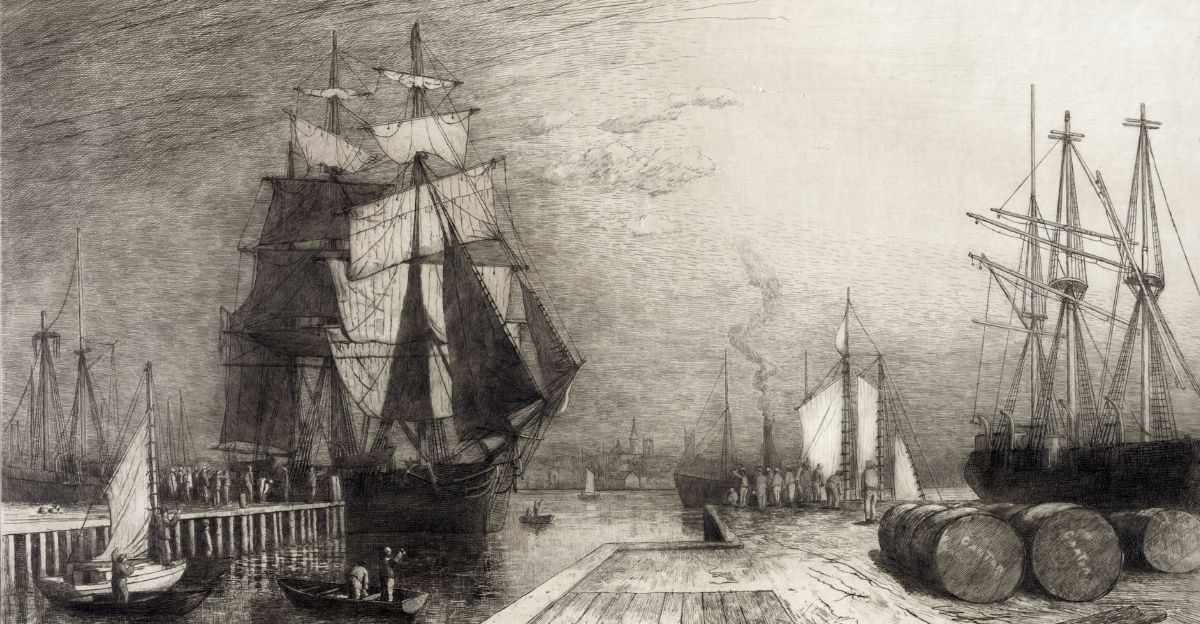
This new find brought back previous debates about whether people from other continents came to North America long before Columbus. There have been stories and objects for hundreds of years that led some to believe that these visitors have arrived from far away.
The finding of the Kensington Runestone in Minnesota in the late 1800s sparked controversy about the Vikings’ presence there. Some Native American stories mention strange visitors and mysterious symbols. Could these be linked together?
Finding this new runestone adds more clues and makes experts rethink the history of travel, exploration, and cultural contact in North America before Europeans settled here.
Vikings or Someone Else?

When news broke about this finding, many people came up with different ideas on what this meant and where it came from. Some believed that European settlers, maybe Scandinavian immigrants, created this during the fur trade era.
Others believed it could have been linked to Vikings because boats are a common Viking symbol, and a boat picture was found on the stone. Some experts have cautioned others against jumping to conclusions and examining the scientific validation to ensure there won’t be mistakes with forged artifacts, like in the past. That is why looking at the whole context in archaeology is so important.
Longest Runic Message Has Been Found

Researchers made an exciting discovery after carefully studying the writing: The stone has 255 runes, the longest runic message ever found in North America! Unlike earlier disputed finds, the stone’s runes were identified as a 1611 Swedish version of The Lord’s Prayer, a Christian prayer.
This changed the entire story about it being made by Vikings to a more recent historical context. The rune could have been carved out by Swedish workers who lived there during the early 19th century. Why it was carved is still unknown, but maybe it was a way of showing their faith or to mark their presence. This gives us a unique look into the beliefs and lives of immigrants in remote Canada.
International Travels From Past Times
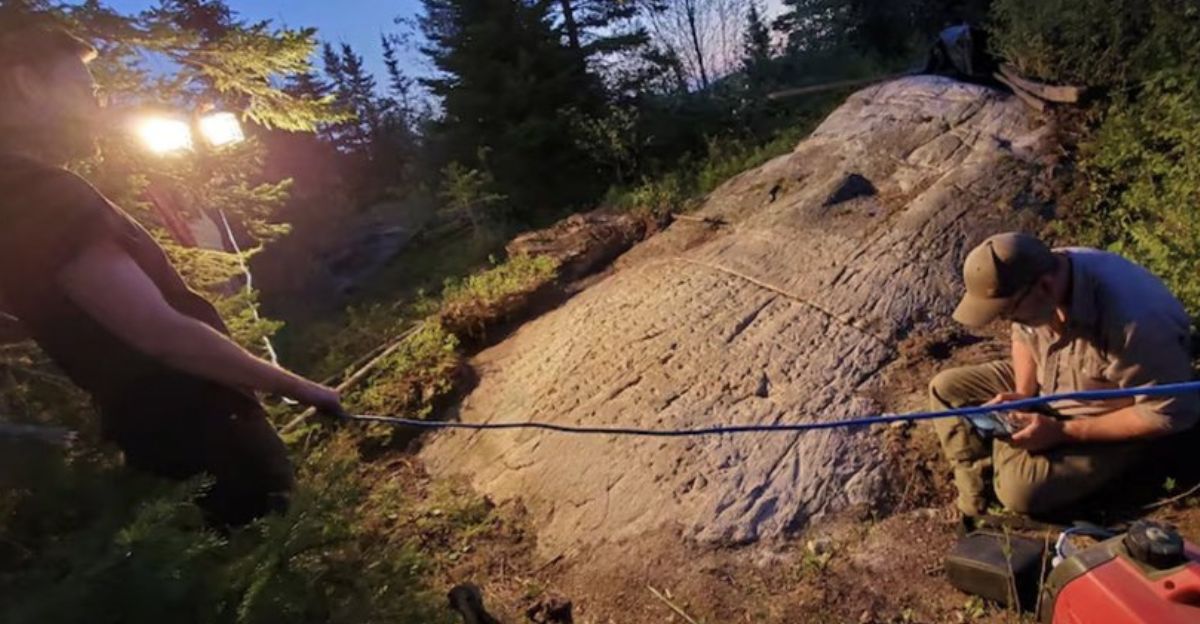
People often wonder where and how Swedish workers lived and traveled in Canada a long time ago, as the stone was found in a very remote part of northern Ontario, far away from any early European towns.
This could lead us to believe that immigrants might have had a bigger impact here than previously documented. Now that this finding has caught the attention of many internationally, Scandinavia and North America are collaborating to learn more. This is a friendly reminder of how people used to move and share their culture with others.
A Touching Story Behind the Stone

We can see that the carver put a lot of care and feeling into this long message because it was carved into hard stone using probably simple tools. So, not only does it have historical and language value, but it also tells a touching human story.
It is touching to think about the lives of these early Swedish workers. They lived far from home and familiar surroundings, dealing with harsh conditions, but somehow still finding comfort in their faith. This takes us one step closer to understanding what immigrants went through all those years ago and how people can leave lasting signs of their presence in new places.
Let’s Talk Facts and Fables

The authenticity of this runestone has been confirmed using several tests. These include analysing the tool marks under a microscope, comparing the writing to old Swedish texts, and radiocarbon dating organic material found nearby.
By carefully examining the rune in this way, it is set apart from other artifacts like the Kensington Runestone, which some experts now think is a hoax. This shows how modern tools can solve historical mysteries and also why it is important to use evidence-based archaeology so that people can trust the study of old writings more.
How Long Has It Been Here?
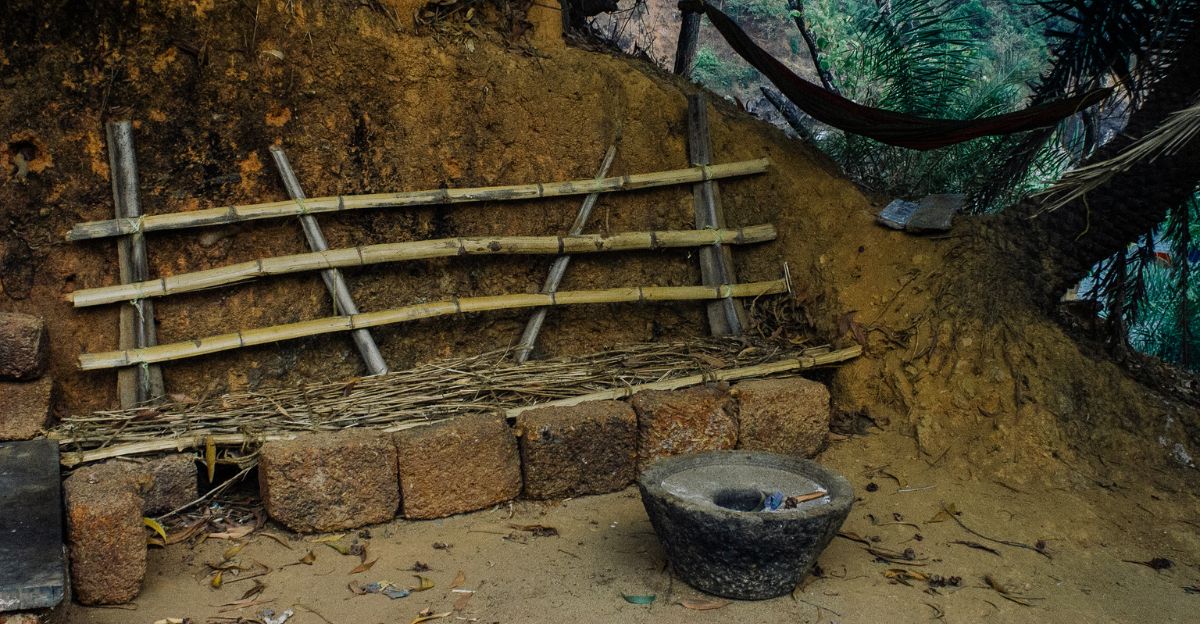
It is still not clear why the runestone was carved in such a remote area. Some researchers and experts think it might have been a spiritual beacon or a place of remembrance for lost comrades. On the other hand, people believed it was a way to keep their culture alive for people far from home.
This stone dates back to the early 1800s, a time when many workers and traders moved through that area. It might have been a place where a community lived for a short amount of time. Archaeologists are hopeful to find other objects or signs of community settlements as research continues to better understand the story behind this stone.
Will They Find More?

There are still many questions that linger in the air, even though we can now understand what the runestone says. Could there be other similar stones undiscovered in remote parts of North America?
Which other stories about people’s movements, faith, beliefs, and strength are hidden and buried in the forests?




